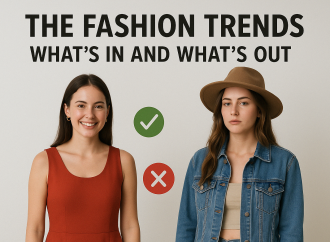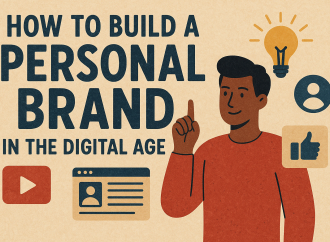The world of digital media is constantly evolving, and with it comes an alarming increase in the use of fake images. From social media to advertising campaigns, these manipulated visuals have become so ubiquitous that they are now considered mainstream. However, what many people don’t realize is that this phenomenon has been fueled by a
The world of digital media is constantly evolving, and with it comes an alarming increase in the use of fake images. From social media to advertising campaigns, these manipulated visuals have become so ubiquitous that they are now considered mainstream. However, what many people don’t realize is that this phenomenon has been fueled by a small but powerful company that has revolutionized the way we create and disseminate visual content online. Join us as we uncover the rise of fake images and explore how this innovative firm is shaping our perception of reality one pixel at a time.
What is a Fake Image?
The world of online image sharing is a Wild West. It’s easy for anyone with an internet connection and somebasic photo editing software to create a fake image that looks like it came from a reputable source. This has serious implications for businesses, which rely onimages to represent their brands and products.
One company that’s taking this threat seriously is Imgur. Imgur is a small company that generates revenues through advertising and premium subscriptions. In 2013, Imgur announced that it was detecting and removing more than two million fake images each day. That’s more than 10% of all the images that are uploaded to its site.
How does Imgur do it? The company employs a team of expert photoshoppers who are constantly scanning the web for evidence of fake images. If they find any, they work to remove them from the site and disable user accounts that were involved in creating them.
This strategy is paying off: in 2016, Imgur generated $135 million in revenue. And the trend seems to be growing: according to research firm eMarketer, global revenue from online image sharing will grow from $4 billion in 2018 to $8 billion by 2022.
The History of Fake Images
Fake images have been around for centuries, but they’ve recently become more popular and widespread. Fake images are usually created to deceive people or to make money. They’re often used in memes, online jokes, and other places where people might be likely to see them.
Fake images began as unauthorized copies of real photos that were made without the permission of the copyright owner. This kind of fake image is sometimes called a “bootleg” image. Bootlegs can be dangerous because they may contain viruses or other harmful material.
Today, fake images are typically created using software that allows users to create realistic-looking images called “plastic surgery.” These images can be used to create fake identities or to defraud people. Plastic surgery fake images are also used in revenge porn and other cases where victims’ privacy is being violated.
Some companies are working to solve the problem of fake images by creating software that can detect these images. This technology is being used by police departments and other organizations in order to investigate crimes involving fake images.
How to Spot a Fake Image
The internet has made it easy for anyone with a computer and an internet connection to create a website or blog, and share their work with the world. With so many people creating content, it’s no surprise that some of it is fake.
How to Spot a Fake Image
If you’re trying to determine if an image is fake, there are a few things you can look for. The most obvious sign that something is not real is when the image looks Photoshopped or edited in some way. If the image looks like it was cut and pasted together from different sources, that’s also a giveaway. Images with poor quality or low resolution are also often suspect, as are images that appear to be taken through a microscope. Additionally, make sure to check the copyright information on any images you’re considering using – many copyrighted images have been repurposed without permission by fake bloggers/websites.
How to Remove a Fake Image
How a small company is making it mainstream
In the age of technology, having a good image is key to success. But what happens when an image isn’t real? Fake images are on the rise, and companies are starting to take notice.
Fake images have been around for a while, but they’ve recently become more mainstream. For example, take the recent viral video of Trump protesters being pepper sprayed. The footage was allegedly taken at a rally in California, but many people believe it was actually staged.
This type of fake imagery can have serious consequences. For example, it can be used to discredit political opponents or create false narratives about events. In some cases, fake images have even led to violence.
So how do you weed out fake images from your data? There’s no one answer to that question – each company will have to adjust their approach based on their specific needs and circumstances. But some basic steps include using verified third-party sources for your photos and videos, verifying the metadata (information like date and time), and doing regular audits of your content.
Conclusion
It can be hard to tell the difference between an original and a fake image, but that’s why thousands of people are turning to companies like PixelBoys to help them protect their images and maintain their copyright. By using state-of-the-art technology, PixelBoys is able to create high quality, legal copies of any image — no matter how small or obscure it may be. This article has spoken about how this company has made a name for themselves by making fake images mainstream. Through their dedication to quality and customer service, they have managed to create a niche market within the copyright protection industry which others are starting to take notice of. With so much attention being paid to Fake News lately, it is reassuring to know that there are still companies out there working hard towards creating accurate representations of our world.





















Leave a Comment
Your email address will not be published. Required fields are marked with *